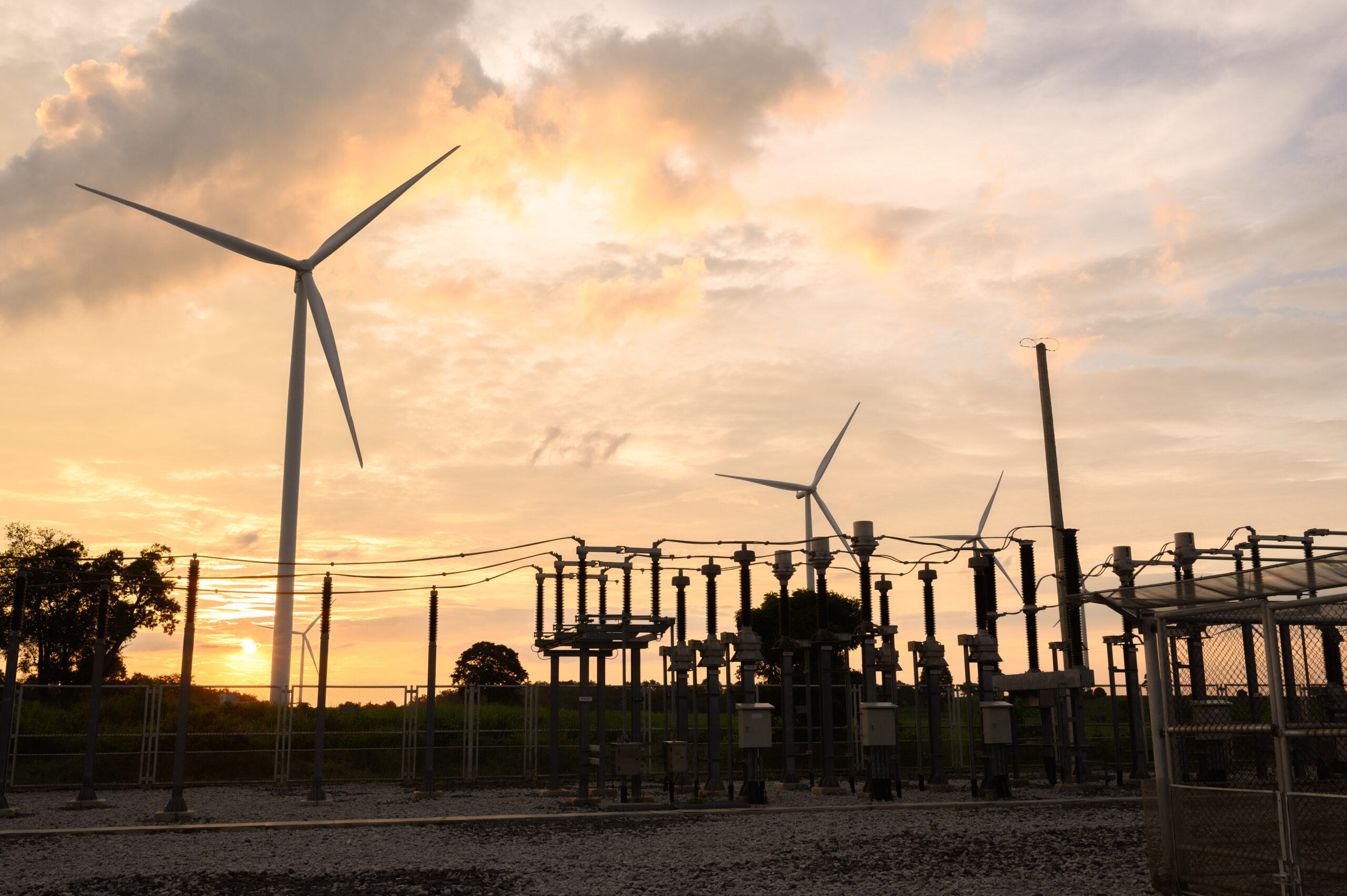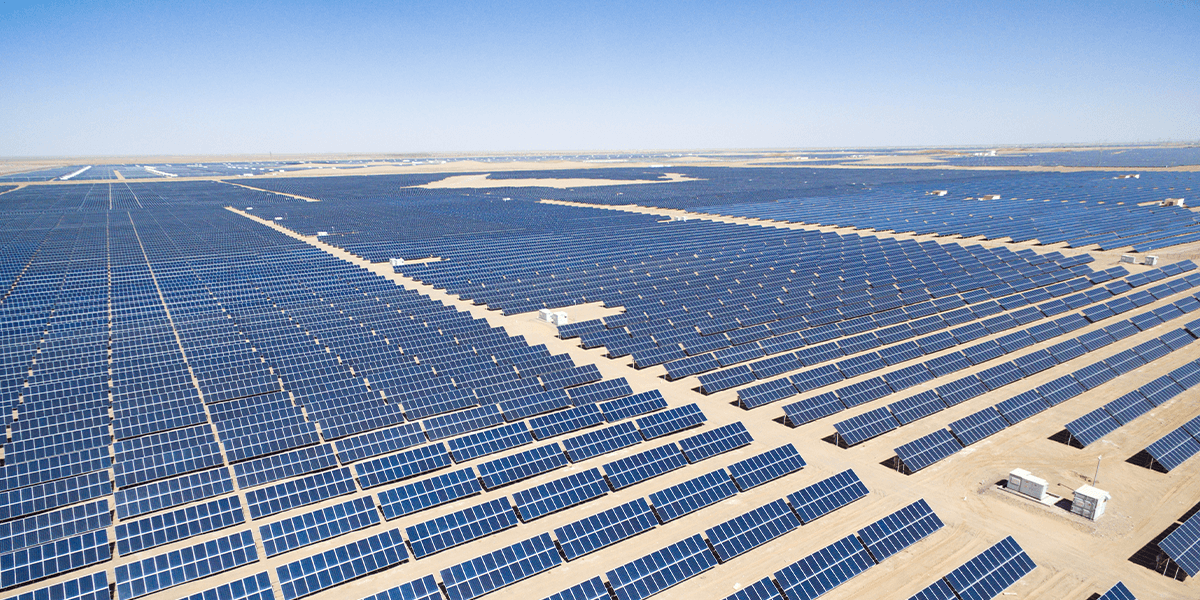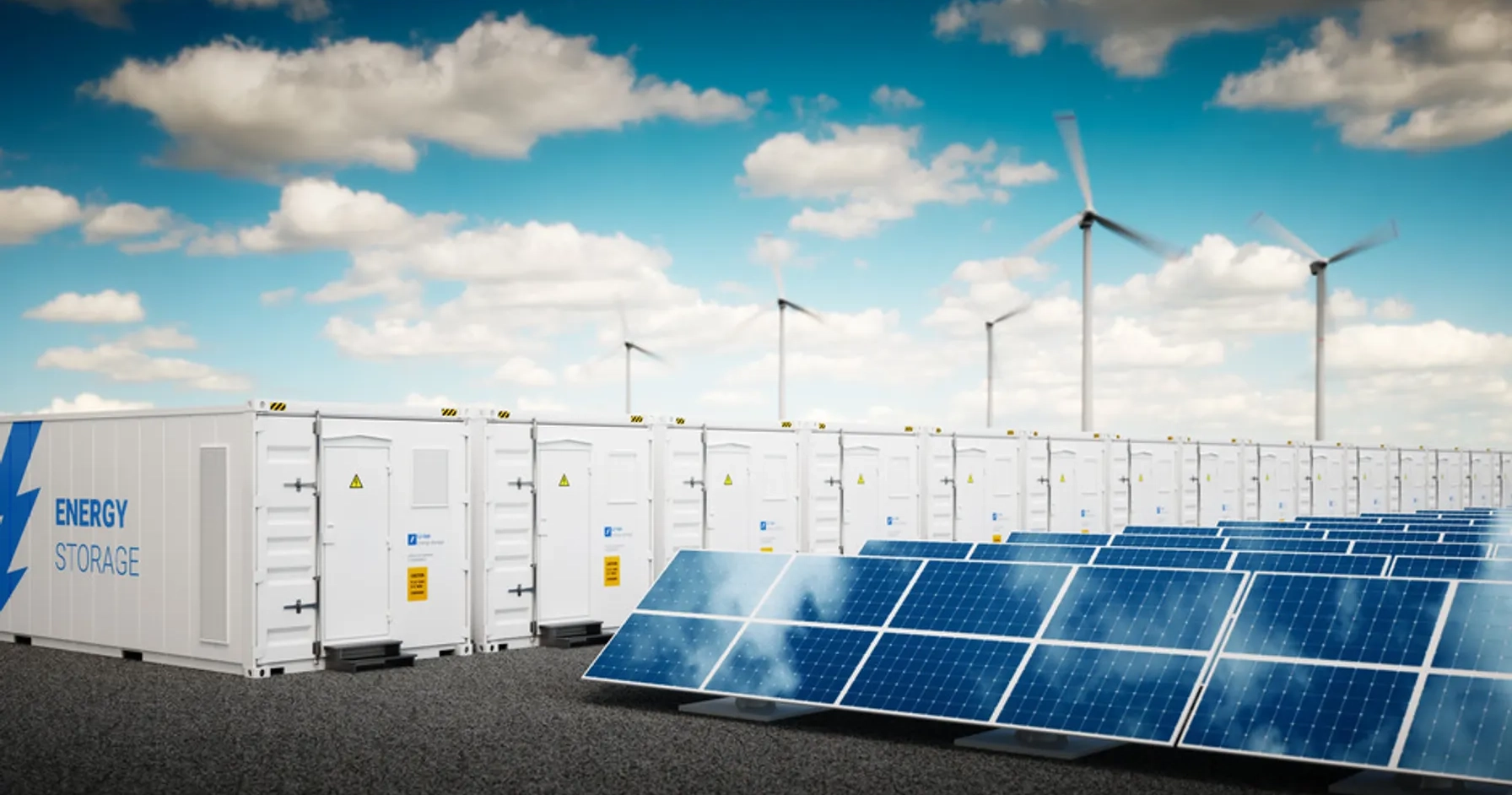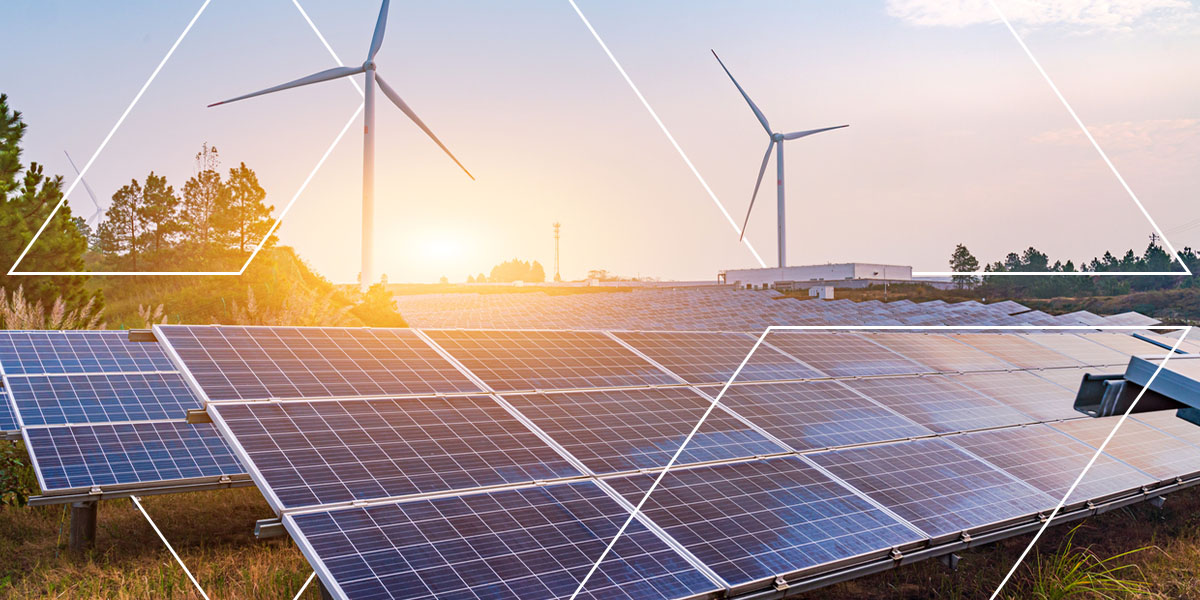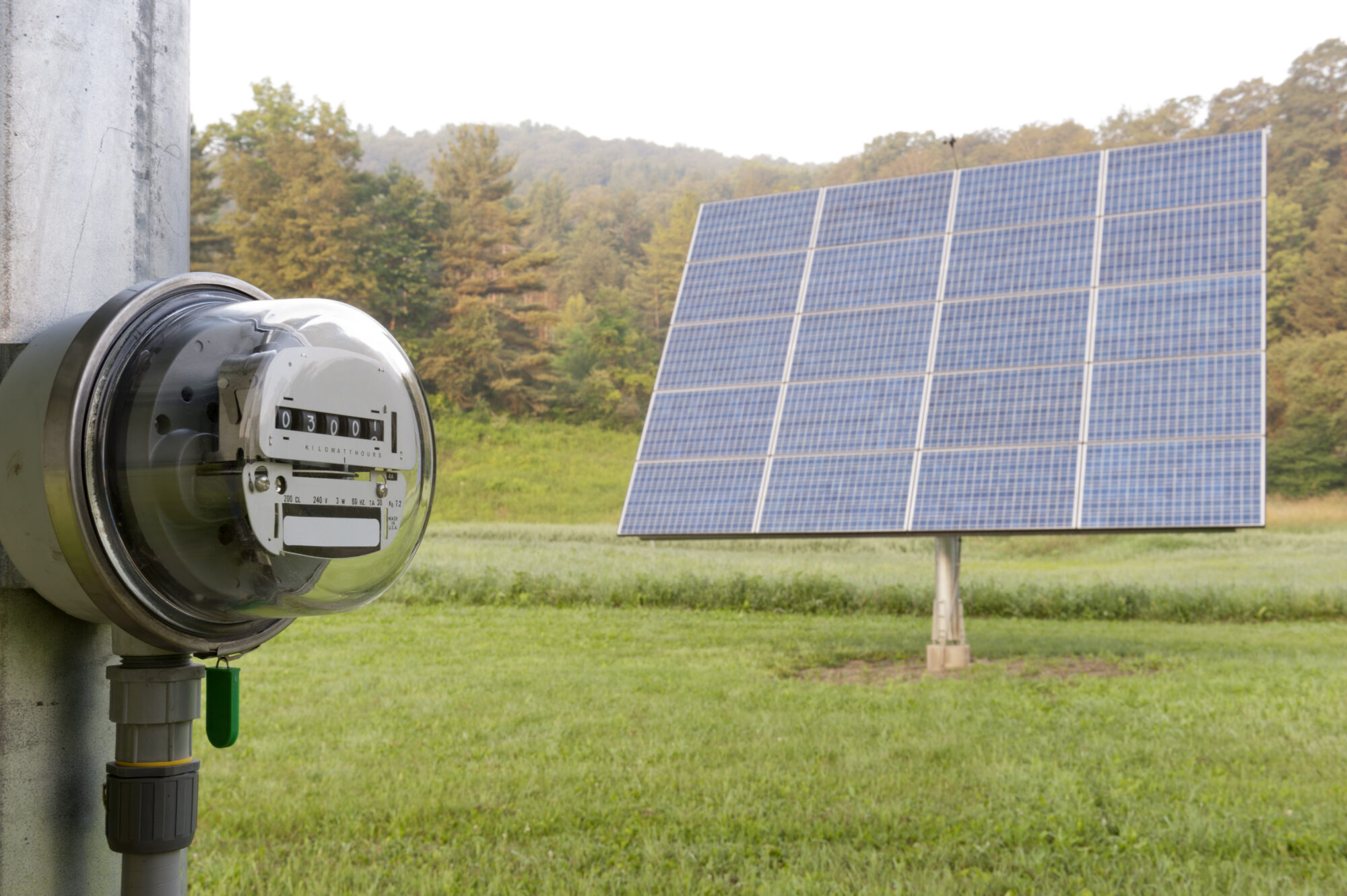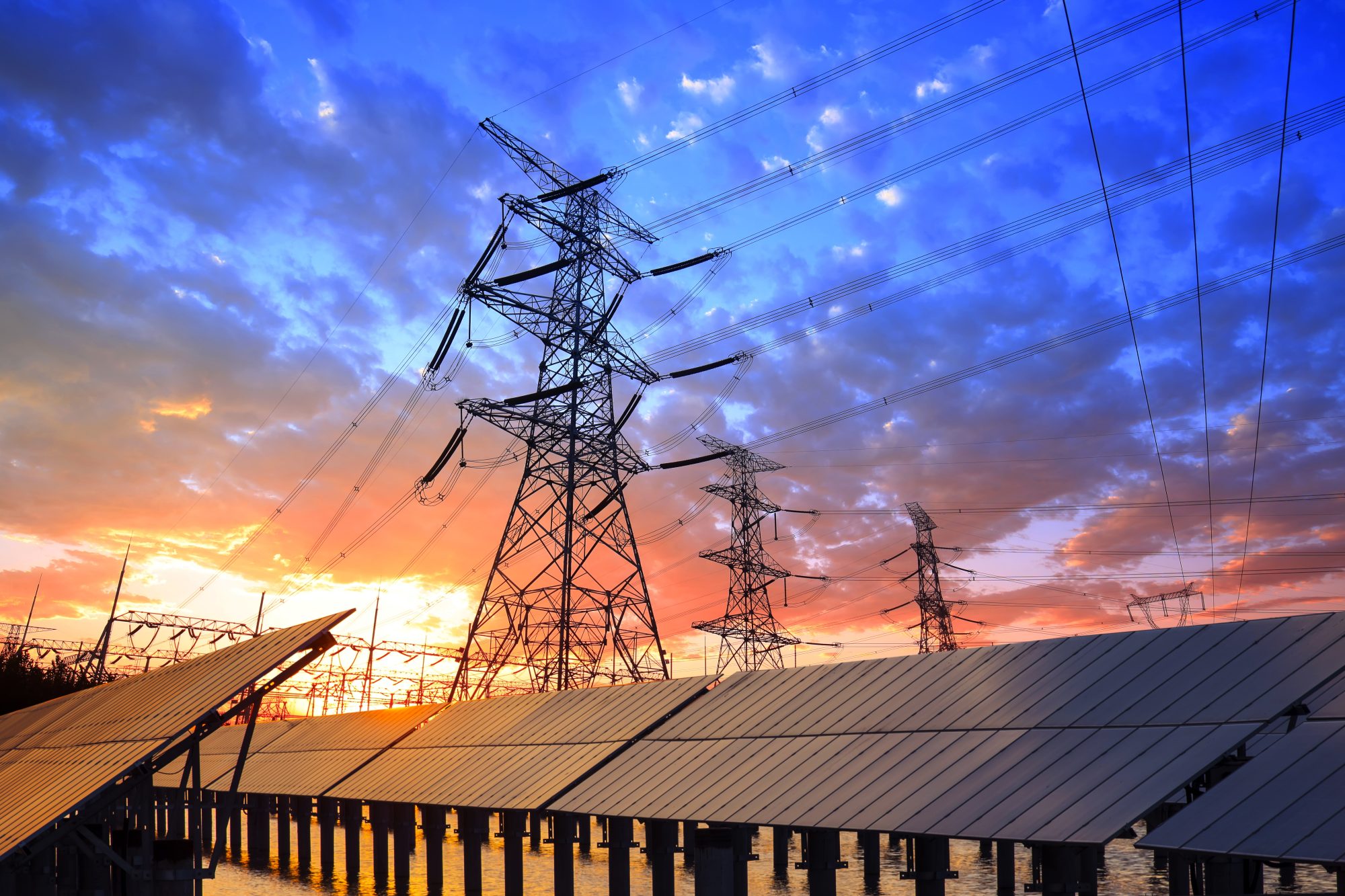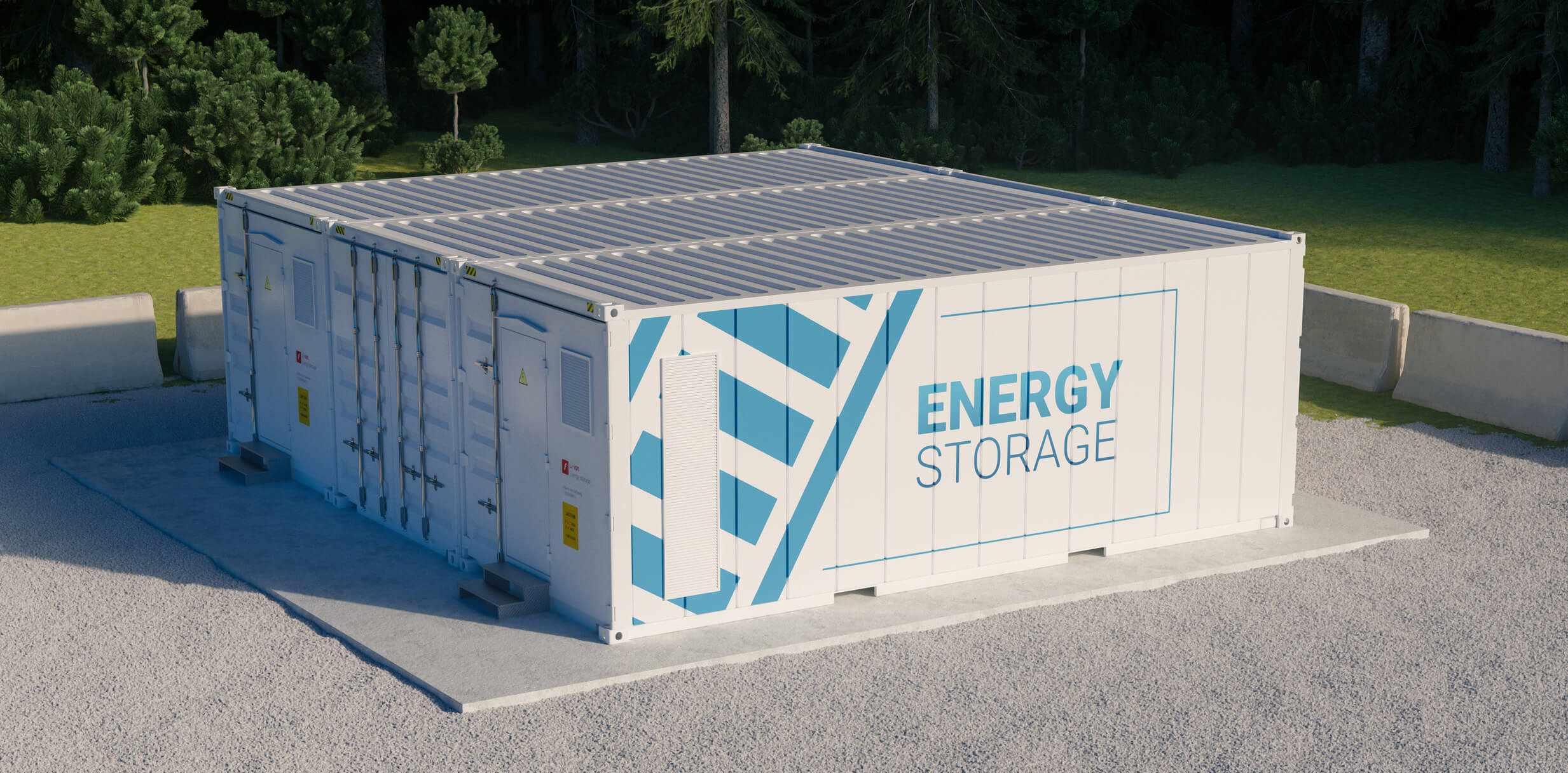October 13, 2014
Insight into how the shale gas revolution spurred adoption of natural gas vehicles in the U.S.
The availability and abundance of clean, low-cost, North American shale gas is prompting a comprehensive reevaluation of transportation fuel operations across the nation. In the on-highway marketplace, companies like UPS, Frito Lay, Ryder, Waste Management, and many others are making large-scale investments in natural gas vehicles across their nationwide fleet. Off-highway high horsepower industries are rapidly catching up, with marine vessel operations and locomotives offering two of the highest potential near-term growth opportunities.
High horsepower natural gas users can significantly reduce fuel costs, improve environmental performance, increase the use of domestically produced fuels, and comply with air quality regulations. This report examines the intersections between marine and rail operations to identify liquefied natural gas (LNG) growth opportunities in three geographic regions: the Great Lakes, inland waterways along the Mississippi River and its major tributaries, and the Gulf of Mexico. This study finds that the total potential demand across all three regions could reach 1 billion gallons annually by 2029, which equates to approximately seven times current LNG fuel use for transportation in the United States. This large-scale transition to natural gas would allow users to collectively realize $575 million in annual fuel cost savings.
Related Services
Download the LNG Opportunities for Marine and Rail in the Great Lakes, Gulf of Mexico, and Inland Waterways White Paper
Publish Date: October 2014
Client: America’s Natural Gas Alliance (ANGA)
This white paper was authored by GNA, which is now TRC’s clean transportation solutions team.

Sharing Our Perspectives
Our practitioners share their insights and perspectives on the trends and challenges shaping the market.
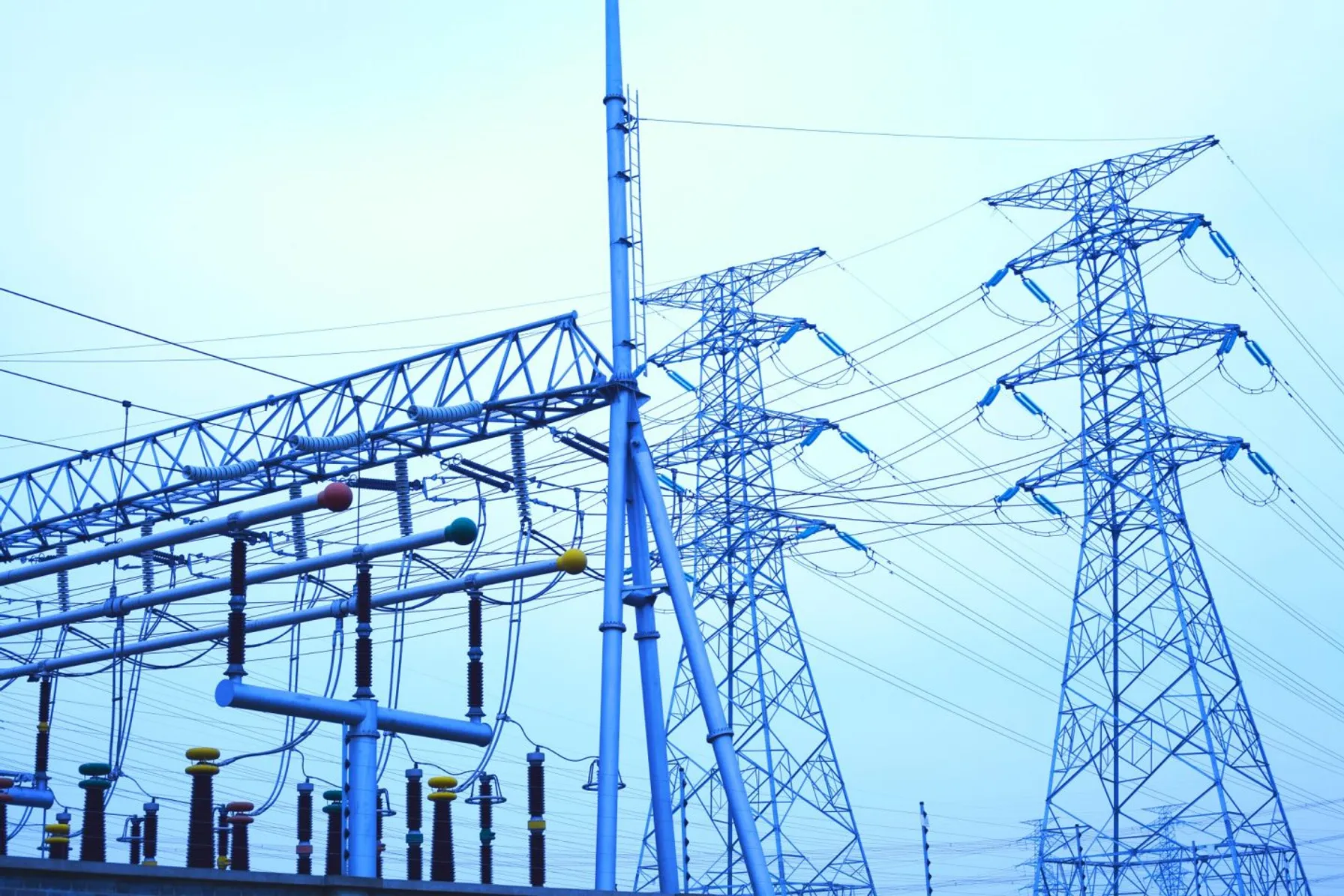
Grid Resiliency: Perspectives Across the Power Grid
April 16, 2025
In today’s changing energy landscape, grid resiliency is a top priority for all power system owners and operators. The ability to absorb disruptions and maintain power is crucial in an increasingly unpredictable world.

Take the Right Approach to Implementing DERMS
March 27, 2025
Implementing DERMS can come with challenges. By understanding the unique challenges related to DERMS and adopting the appropriate strategies to mitigate potential pitfalls, utilities can effectively integrate and coordinate DER deployment to align with regulatory commitments and broader business objectives.

How ISOs, RTOs and Utilities Can Effectively Manage Massive Data
March 20, 2025
In today’s rapidly evolving energy landscape, Independent System Operators (ISOs), Regional Transmission Organizations (RTOs) and utilities face unprecedented challenges in managing vast amounts of data.
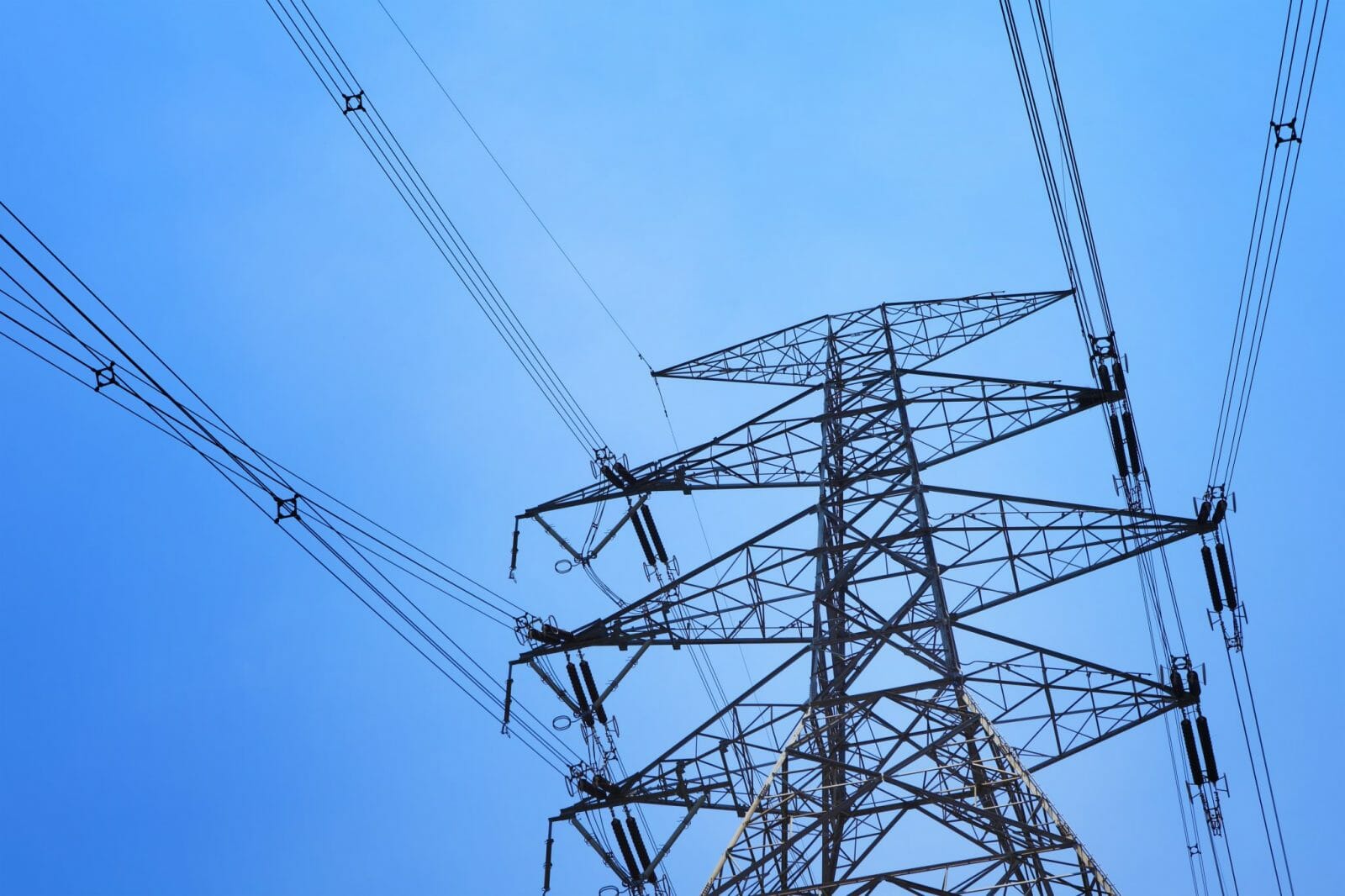
Download Whitepaper: 10 Years of Insights for Clean Community Microgrids
March 1, 2023
Clean, community microgrids represent a promising and timely opportunity for you to advance your customer offering and deliver meaningful societal benefits, all while modernizing your grid and providing you with load flexibility.

Decarbonization: A Systems-Level Challenge and Actions to Address Climate Change
December 7, 2021
Carbon elimination of the magnitude needed to address climate change requires systems-level change that can only be reached by incremental, ground-up progress, building upon what we have achieved thus far.
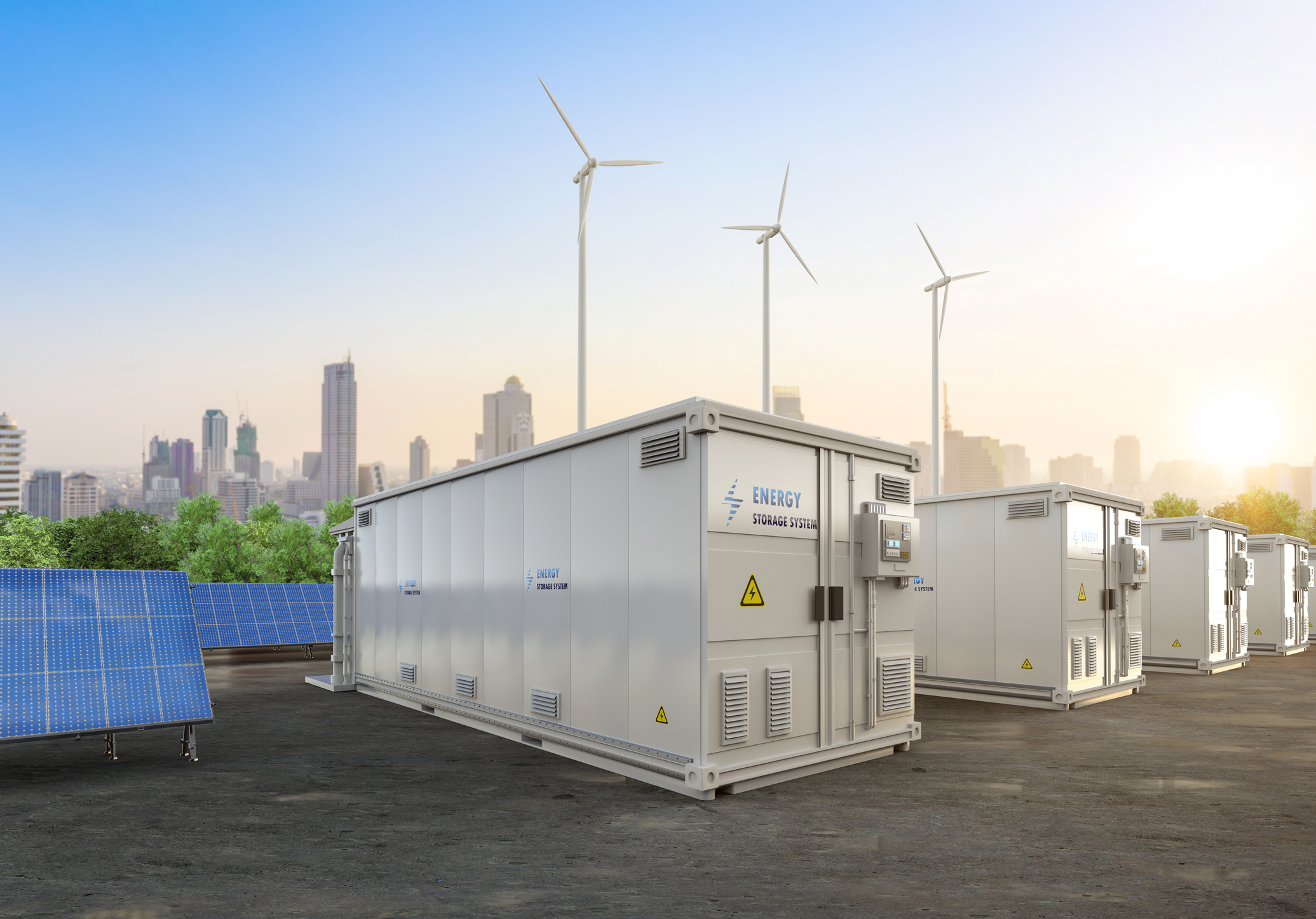
How Do Energy Storage Systems Work?
October 18, 2021
For more than five decades, TRC has brought efficient, resilient energy systems to the world. We understand the challenges of implementing energy storage projects.
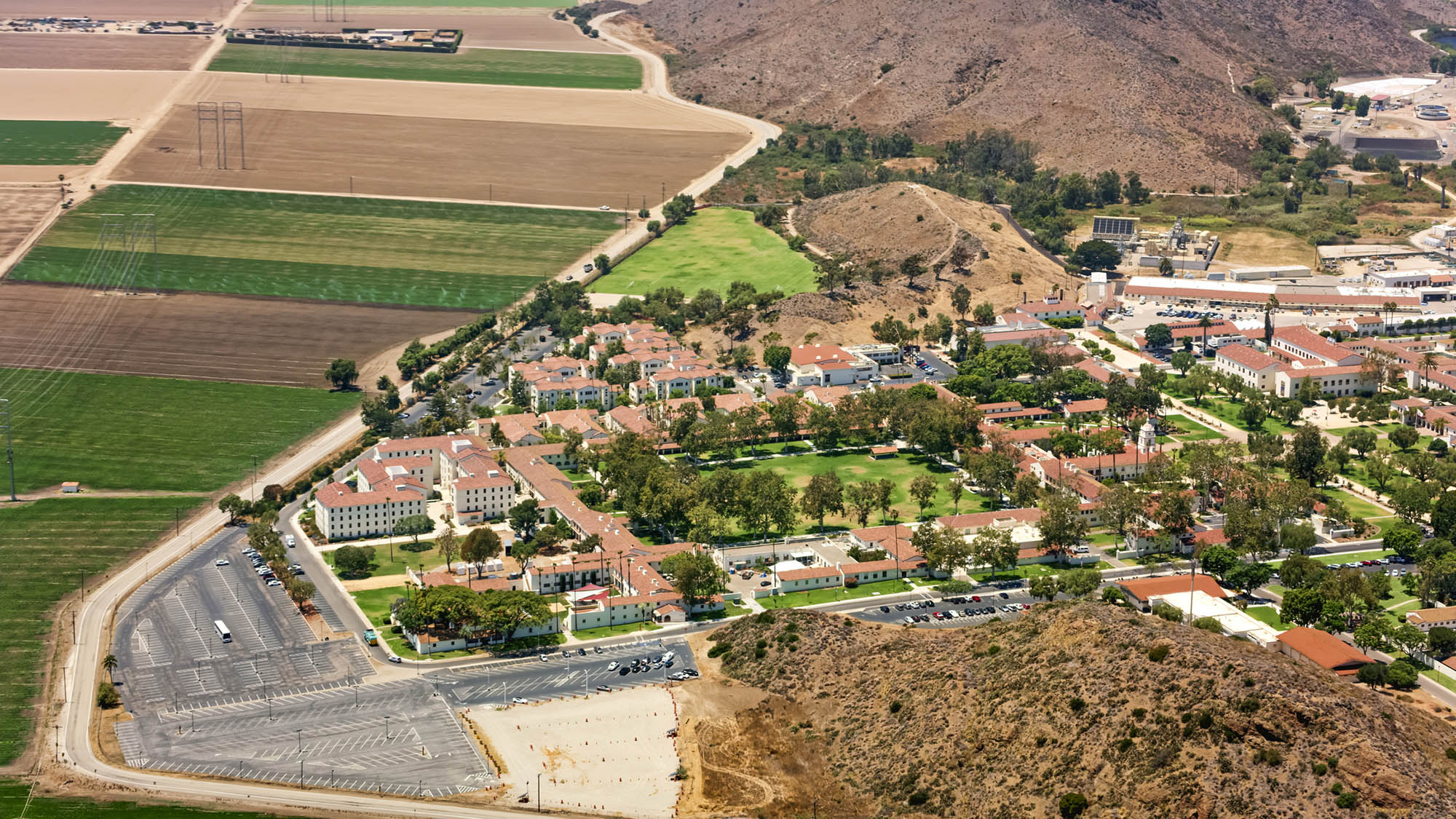
City of Camarillo, California approves moving forward with Hybrid Solar Microgrids at five critical community facilities
November 6, 2020
On October 28, the Camarillo City Council unanimously approved moving forward with the design of Hybrid Microgrids at five City facilities: City Hall, the Corporation Yard, Camarillo Public Library, Police Station, and Wastewater Treatment Plant. The microgrid at the Camarillo Public Library will be designed with solar+storage only, while the other four sites will employ a hybrid design of solar+storage+diesel.

TRC Digital partners with Dominion Energy to evolve its distributed energy resource strategy
September 22, 2020
Dominion Energy, one of the nation’s largest producers and transporters of energy, has partnered with TRC Digital to evaluate, implement and integrate technology to further the utility’s distributed energy goals. TRC Digital will facilitate Dominion Energy’s strategy development and technology execution, allowing Dominion Energy and its customers to accelerate the shift to distributed energy resources (DER) and net carbon reduction.
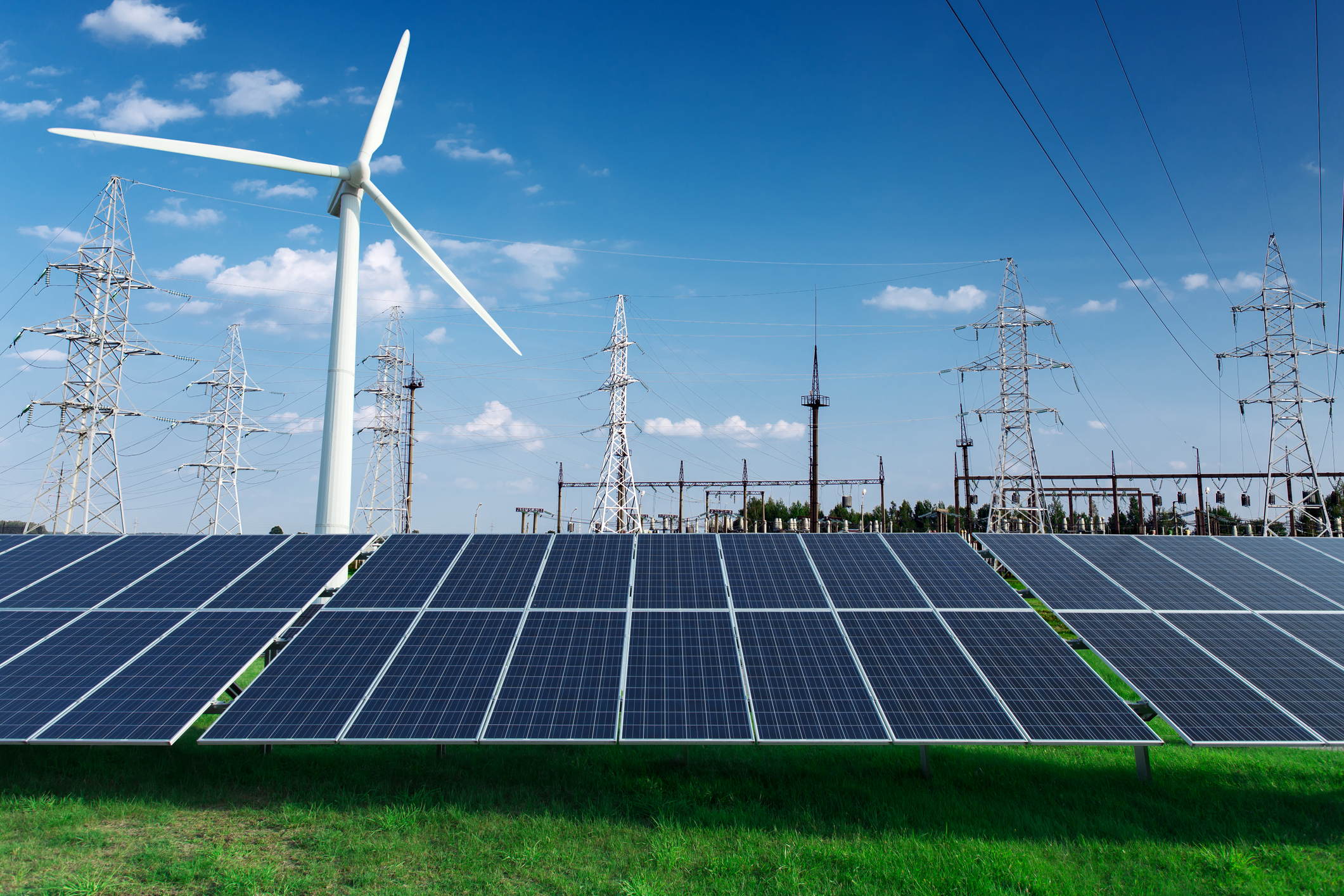
TRC Digital and Enbala can help utilities monitor, control and optimize distributed energy resources
April 17, 2020
Distributed energy resources (DERs) are changing the way utilities think about power generation and energy flow. TRC and Enbala can offer utilities a multi-layered solution that highlights the strengths of each company.
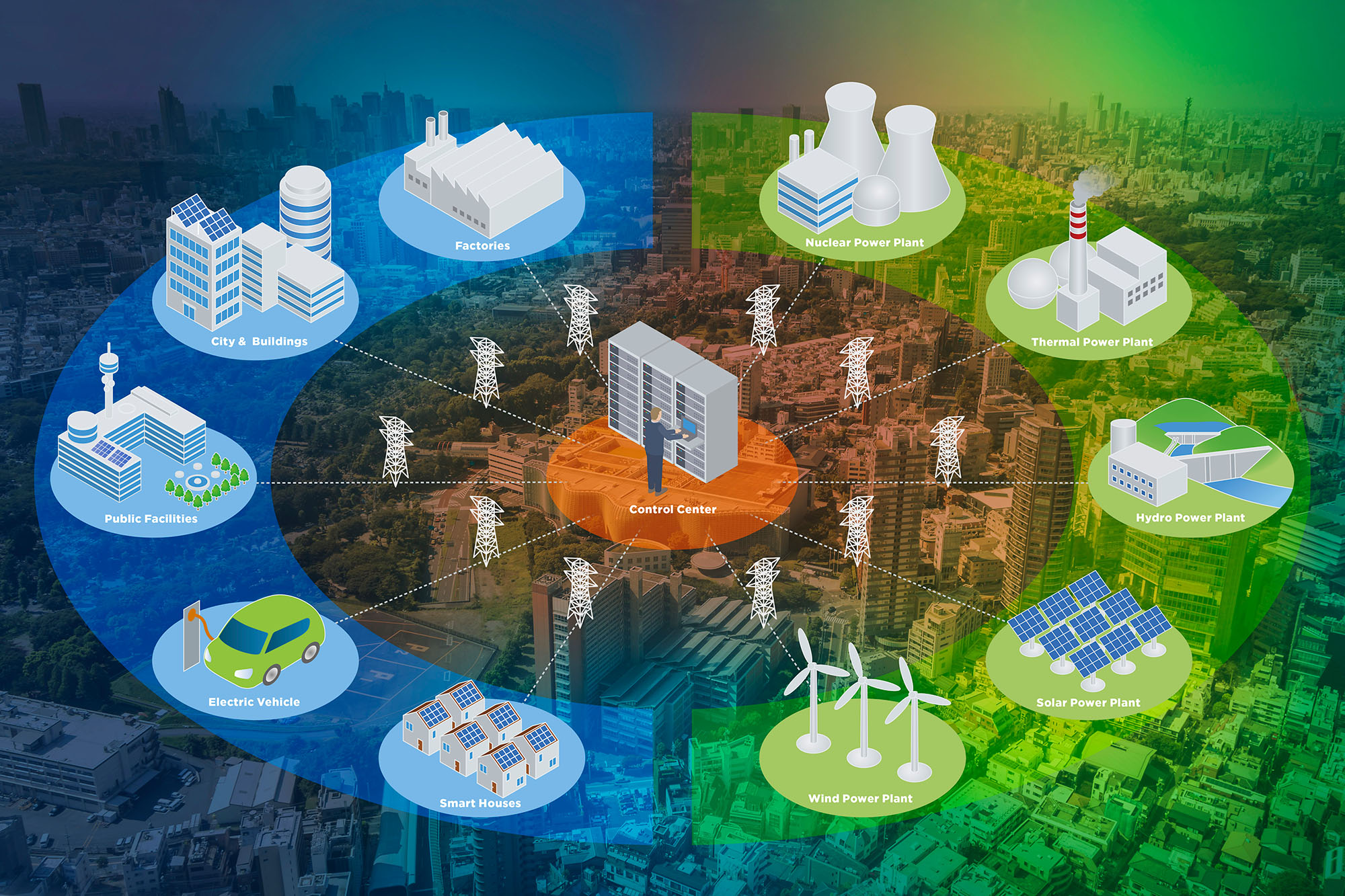
TRC and partners win $1 million grant for engineering innovative New York microgrid
April 20, 2017
TRC is proud to support Huntington, NY bolster power reliability and climate-change resiliency with a sophisticated new “community microgrid’’ combining solar energy, a fuel cell, biogas and traditional natural gas to deliver electricity and heat to local customers and institutions.
Start the Conversation
Let’s connect to discuss how TRC can help you drive a more sustainable future.




